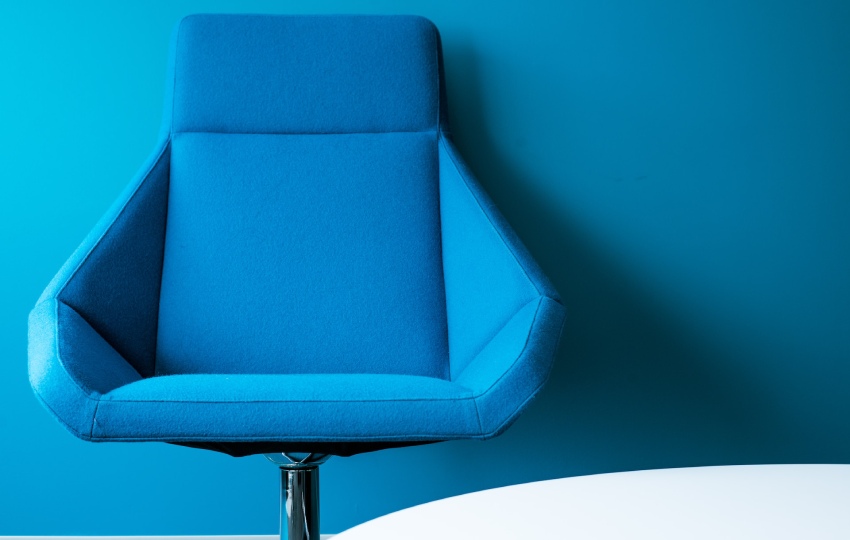Expanding your European furniture business overseas can open up exciting opportunities for growth and profitability. However, navigating the complexities of international markets can be challenging, and for that, you need a well-defined market entry strategy for each target market.
This blog post will share valuable tips and strategies to help you overcome the barriers to internationalization and successfully expand your furniture business abroad. Whether you’re a business owner or an individual seeking to upskill yourself in furniture exports, these tips will provide you with the expertise you need to thrive in foreign markets.
1. Understand the Market

Before venturing into a new market, conducting thorough market research is crucial.
Analyze consumer preferences, cultural differences, and local competition. Identify potential demand for your furniture products and tailor your offerings accordingly.
Understanding the market landscape allows you to make informed decisions and create a solid market entry strategy.
2. Develop a Market Entry Plan

A well-defined market entry plan is essential for a successful expansion.
- Outline your objectives, target market segments, and competitive positioning.
- Determine the most suitable distribution channels and partnerships.
- Create a timeline with realistic milestones to guide your progress.
A comprehensive market entry plan will help you stay focused and minimize risks to increase the chances of success of your strategy.
3. Establish Strong Local Partnerships

Building strong partnerships with local distributors, retailers, or agents can significantly boost your market presence.
Seek partners who have a deep understanding of the local market, established networks, and a solid reputation.
Collaborating with the right partners can help you effectively navigate cultural nuances, distribution challenges, and market entry barriers.
4. Adapt to Cultural Differences

Cultural differences play a significant role in international business. Adapt your marketing messages, product designs, and business practices to resonate with the target culture.
Be sensitive to customs, traditions, and local preferences. Demonstrating cultural awareness can establish trust, build strong customer relationships, and enhance your brand’s reputation.
5. Develop a Strong Online Presence

In today’s digital era, a strong online presence is essential for success in international markets.
Create an engaging website that showcases your furniture products and highlights your brand story. Leverage social media platforms, online marketplaces, and digital advertising to reach a wider audience.
Invest in localization efforts to provide seamless user experiences in different languages and currencies.
6. Ensure Competitive Pricing

Pricing your furniture competitively is crucial when entering new markets.
Analyze local pricing dynamics, including factors such as production costs, import duties, and market demand.
Consider offering value-added services or unique selling propositions to differentiate your products.
Striking the right balance between affordability and profitability will help you gain a competitive edge.
7. Understand Import/Export Regulations

Familiarize yourself with the import/export regulations of your target markets.
Compliance with customs duties, product certifications, and safety standards is vital to ensure smooth operations and avoid potential legal issues.
Seek guidance from trade experts or industry associations to navigate the complex regulatory landscape.
8. Invest in Logistics and Supply Chain Management

Efficient logistics and supply chain management are essential for successful international operations.
Optimize transportation, warehousing, and inventory management to minimize costs and streamline processes.
Establish reliable partnerships with shipping and logistics providers to ensure timely delivery and excellent customer service.
9. Leverage Digital Marketing and Localization

Adopting a targeted digital marketing strategy is crucial for reaching your international audience effectively.
Utilize search engine optimization (SEO), pay-per-click (PPC) advertising, and social media marketing to promote your furniture brand.
Tailor your marketing campaigns to resonate with local audiences by investing in language localization, culturally relevant content, and localized advertising.
10. Monitor and Adapt

Continuously monitor your international expansion efforts and adapt your strategies as needed.
Stay updated on market trends, consumer preferences, and emerging opportunities.
Embrace flexibility and agility to seize new prospects and stay ahead of the competition.
Conclusion
Expanding your European furniture business overseas is an exciting endeavour but requires careful planning and execution. By following these top 10 tips, you can overcome barriers to internationalization and position your business for success in foreign markets.
Remember, INT4FURN’s upskilling platform is an invaluable resource that offers comprehensive support and expertise to help you navigate the complexities of international furniture exports. Take advantage of these resources and elevate your skills to achieve remarkable growth and profitability in your global expansion journey.
Unlocking Internationalization Opportunities with INT4FURN’s Training Course

In line with the objective of promoting entrepreneurship and creating employment opportunities, the INT4FURN project presents a valuable opportunity for aspiring micro-entrepreneurs in the furniture industry.
By participating in the internationalization training course offered by INT4FURN, young entrepreneurs and micro-SMEs can acquire essential business skills and gain a deep understanding of digital business opportunities within an international context.
This training course will empower participants to develop their furniture businesses by equipping them with the knowledge and expertise needed to navigate the complexities of international markets. With INT4FURN’s support, aspiring entrepreneurs can enhance their capabilities, seize internationalization opportunities, and contribute to the growth and success of the European furniture industry.

